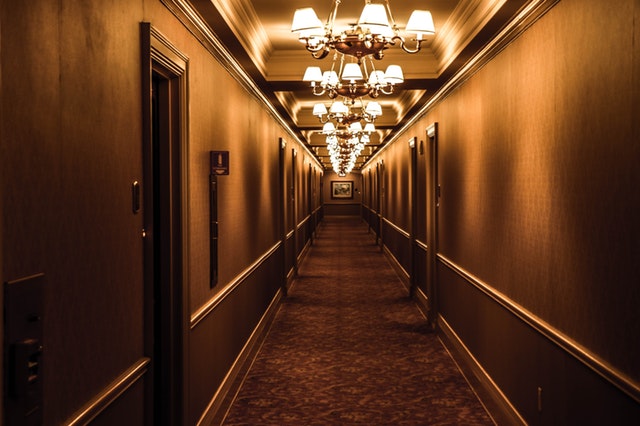
The following provides some advice that resort owners and developers should know for the most prosperous outcomes, beginning with a carefully-constructed idea and direction.
Being realistic from the beginning
It is necessary to comprehend what market will be targeted and to be sure the end product will probably be suitable for the chosen demographic. By way of instance, in the Middle East, hotel rooms are usually larger than ordinary, but the general facility ought to be tailored to match the purpose — it is too easy to get carried away with expansive thoughts. The food and drink requirements must be clearly outlined, together with any recreational/leisure/spa requirements, recognising that luxury and mid-market resort products require quite different levels and kinds of facility.
Get the detail correct
An effective resort’s design will be closely aligned with its idea and direction. We recommend spending enough time on the feasibility analysis – test the construction brief and do not rush. Have a look at prices and programmes, taking into consideration the detail of returns and value, and be certain that your hotel is economical from the beginning. This means considering whole life costs, not only capital expenses.
A comparatively affordable building to assemble may cost a whole lot more to operate and maintain, in relation to a marginally more expensive option with the ideal specification and high quality of systems and materials.

Location
Economy forces will clearly influence the location, as will closeness to complementary conveniences, but it is also a suitable idea to think about potential labour accommodation — both construction workers and hotel employees. There’s a significant cost attached to employee’s homes and transport, often a class resort occupying prime property will prefer to supply these off-site.
Availability of utilities and basic infrastructure in particular locations such as waterfront accommodation versus outback accommodation, is a further concern with possible programme and cost impacts if not easily offered.
Space, preparation and utilisation
Consider the orientation of this building, observing the sun path analysis, because this might decrease heating and cooling demands. For greatest efficiency, research the very best design of the floor plate, and also the effect of stair core location, the number of rooms per floor and also the width of corridors. Plan the location of key operational areas to prevent requirement for transport arrangements. Plan efficient back of house areas, to supply as much revenue earning space as you can.
Construction
Allow sufficient time for conclusion of the exterior and interior design ahead of procuring the contract and provide the contractor sufficient time to construct the facility. It is well worth comparing different procurement channels, making sure that every approach is correctly acknowledged, together with their various prices and hazard profiles so that principles of participation are clearly known before contracts are entered into.
Energy-efficient systems
An often-encountered issue is that of the less-than-efficient hotel mechanical, electrical and plumbing (MEP) systems. All these are made to work in certain ways, to attain the planned levels of efficiency. But it is typical for hotel maintenance teams to function the machine ‘their’ way, as opposed to just how it is intended to operate — hence negating the planned efficiencies.
MEP teams will gain an advantage from briefing and coaching, to make sure of their comprehension of the way the entire construction was created and intended to get the job done.
Sufficient resilience ought to be built into the electric system, with backup power supply to keep critical functions of this construction during power cuts as this is a key difference between hotel design and house design. Categorisation of all important systems will make sure that security priorities are apparent.
Sustainability
Recognizing an operator’s intentions for the asset from the beginning can affect the strategy to the layout and structure. An owner, who’s seeking to grow and on trade resources as part of an investment strategy will probably be seeking to build as cost efficiently as possible, to increase the opportunity for margin.
An owner using a longer duration mind-set and one that’s considering the operational prices and efficiencies of this construction in functionality will be available to the choices to spend more funds in the expectation of important operational cost savings. Bringing sustainability initiatives like the use of LED lighting instead of conventional light bulbs demands more funds but attracts long term cost advantages whilst being replaceable.
Marketing (Keywords)
First off you need to know the right keywords for your hotel. Initially, you will want to include the city or state within each of your local keywords. Broad terms such as “boutique hotel” or “small hotel” just will not work unaided. Encompassing the city name into your keywords is the first step when it comes to ranking well locally. For example: for a Tasmanian hotel “boutique hotels Hobart” will rank better than “boutique hotel.”
Getting your hotel out there and publicly known is the first and most critical step to a successful hotel.